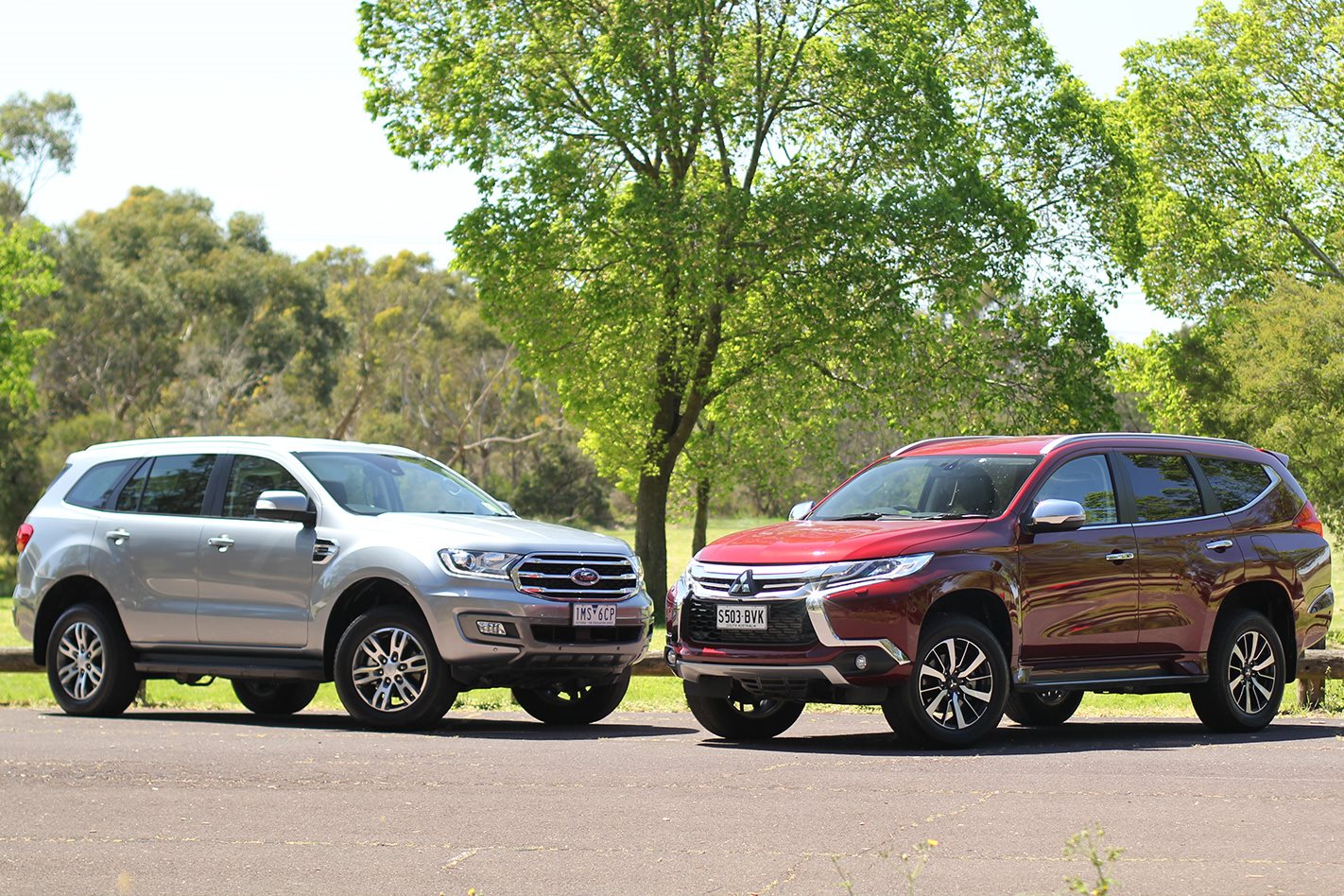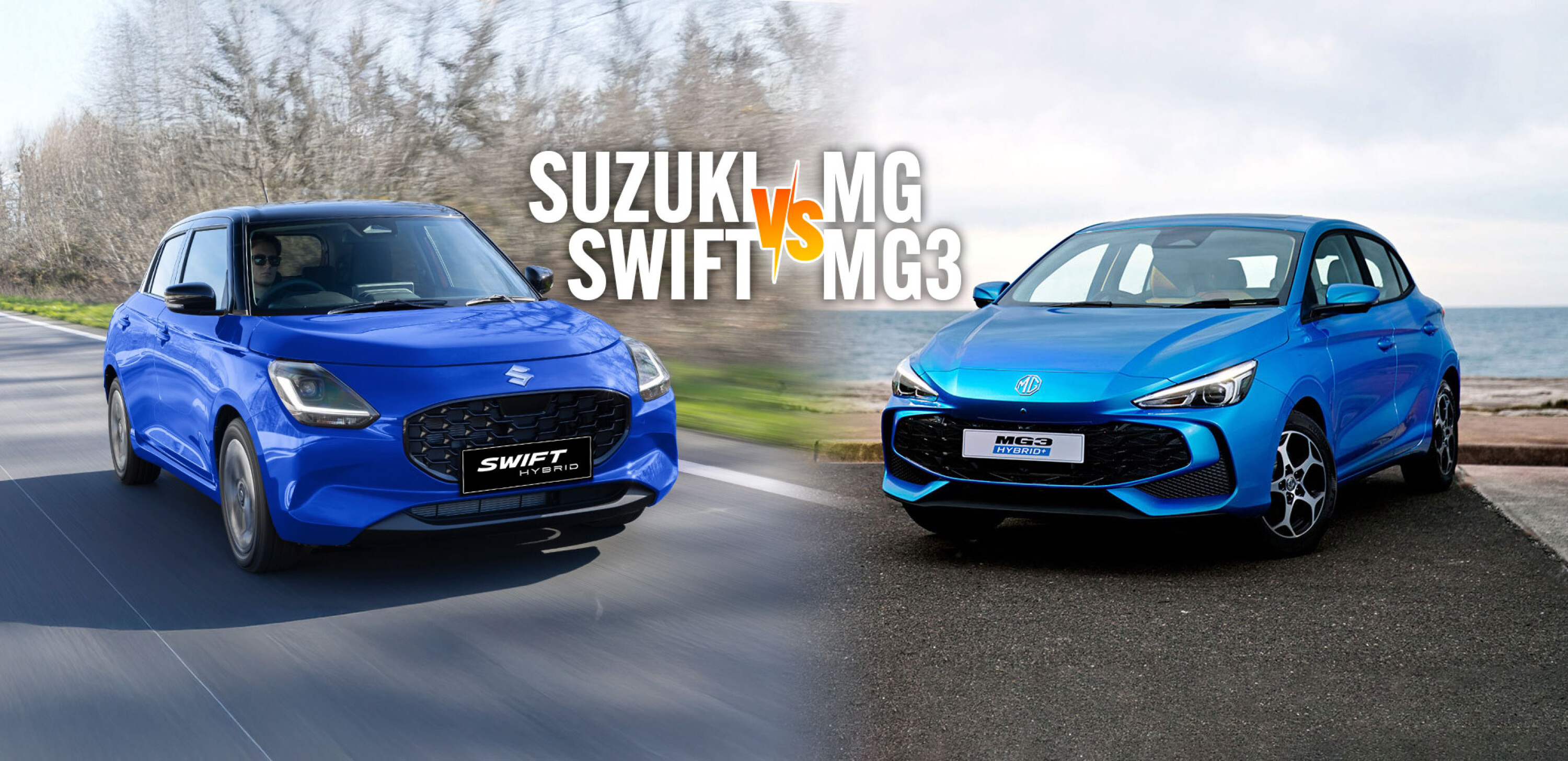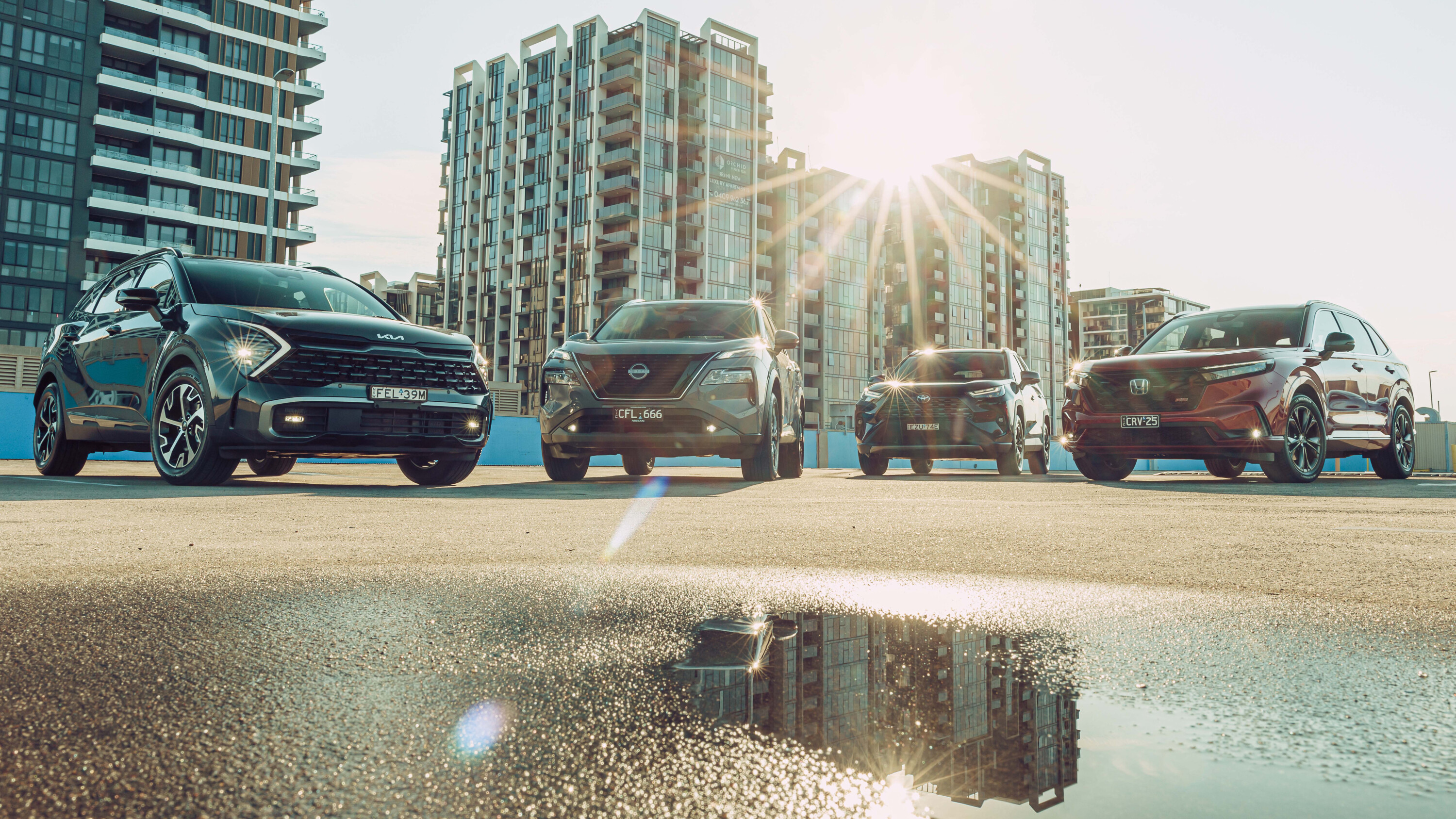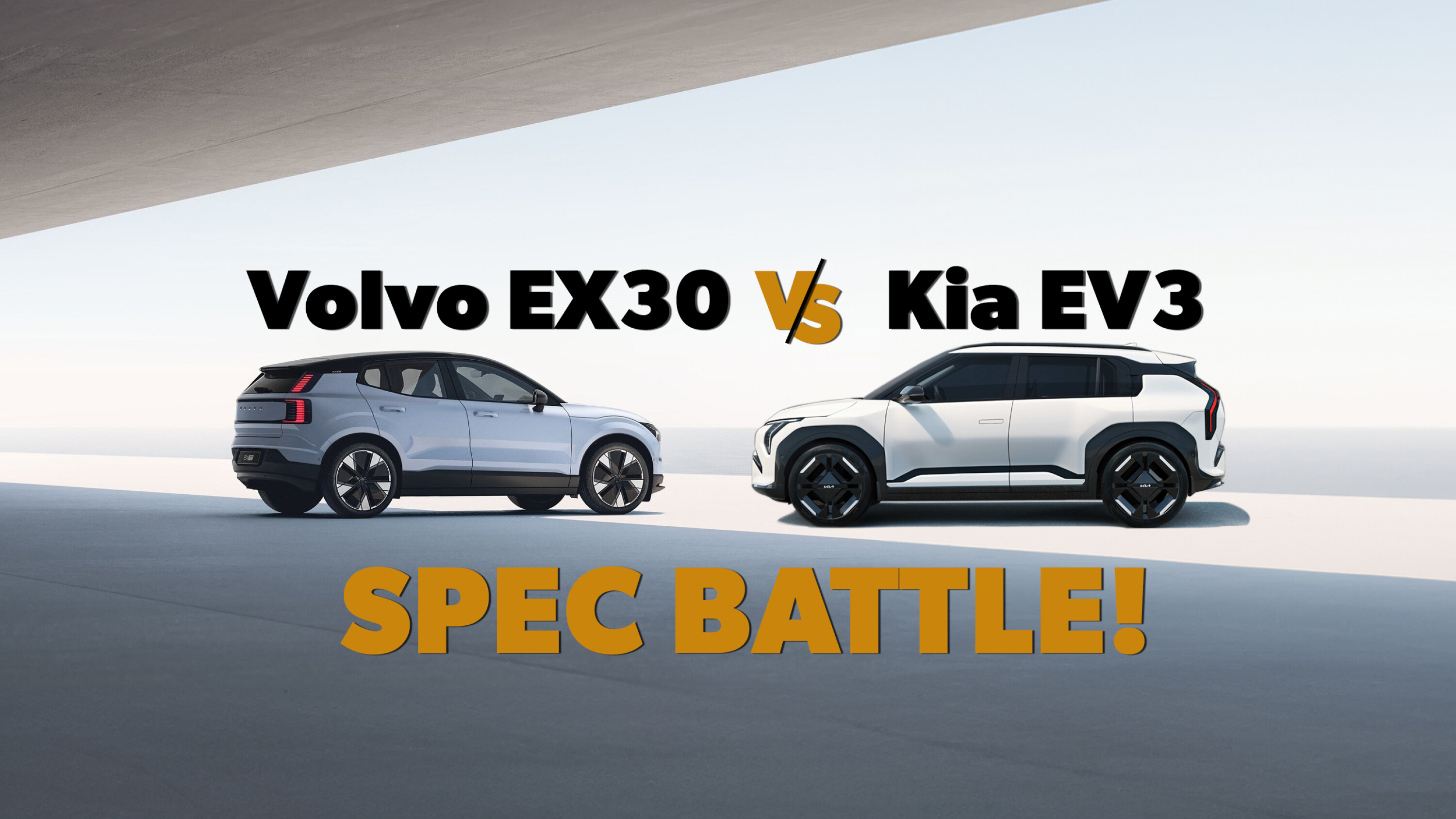Price and equipment
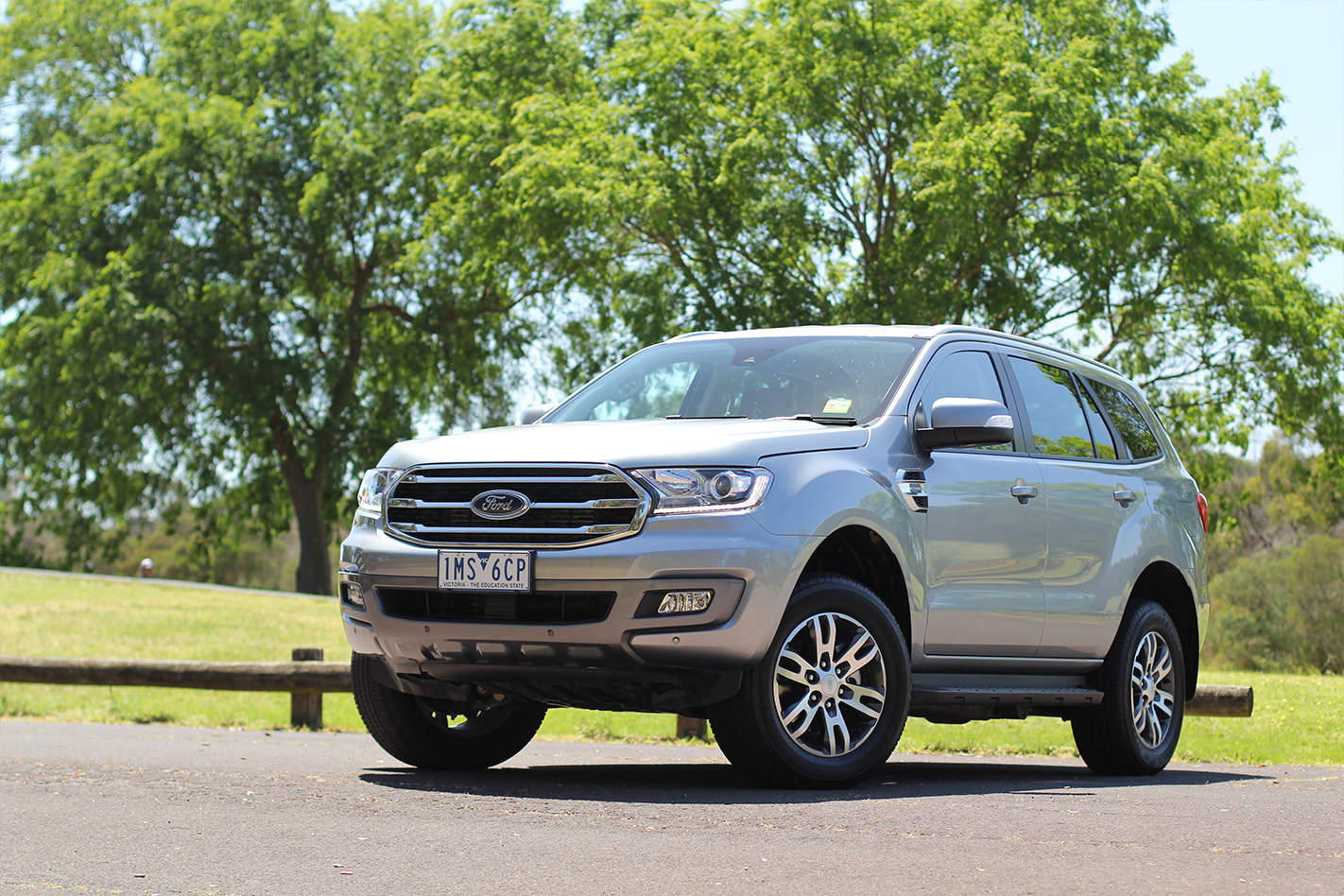
The Everest in 2.0-litre 4×4 form is an expensive choice in this segment, but that’s balanced out by healthy standard inclusions that should see you wanting for very little. A power tailgate, active cruise, keyless entry/ignition, power-adjustable driver’s seat, a full-featured infotainment system, digital radio, voice controls, heated seats and tri-zone climate are the highlights.

You’ll get a Pajero Sport Exceed on the road for less than the Everest Trend’s retail price, and for many people that’s enough to get them to sign on the dotted line. It’s not just an exercise in keen pricing though, for Mitsu packs in plenty like 360-degree parking cameras, active cruise, tri-zone climate control and a bevy of electronic driving aids. A power tailgate is absent, however.
Interior and connectivity
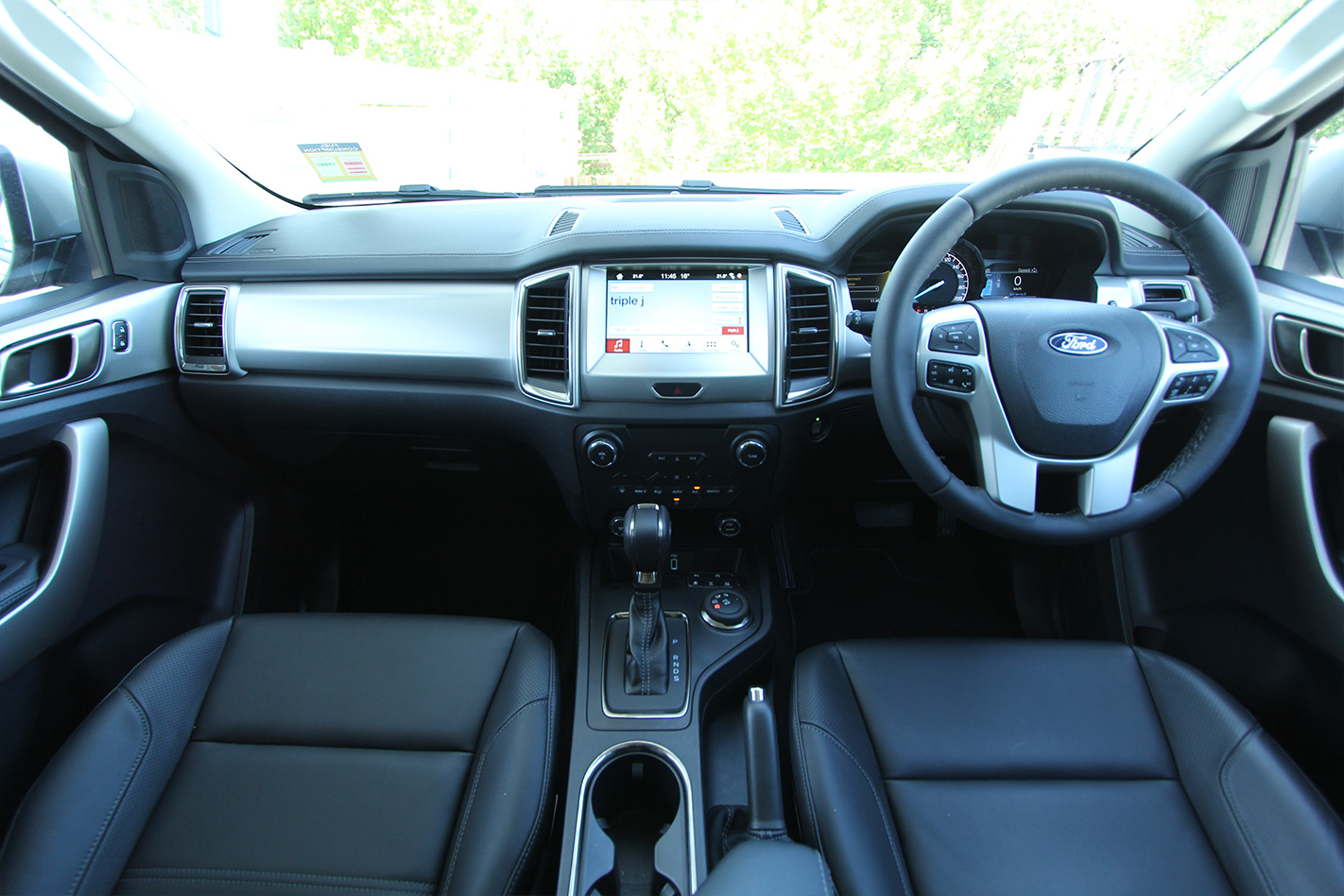
Ranger DNA is evident in the dash/console furniture, but build quality is decent and the seats are commodious and comfy. Generous proportions mean even adults won’t feel too squeezy in the third row, such is the Everest’s size. Infotainment sees an 8.0-inch screen with nav, voice commands and smartphone mirroring sit up high in the dash, and there’s even a 230V household power outlet in the back.
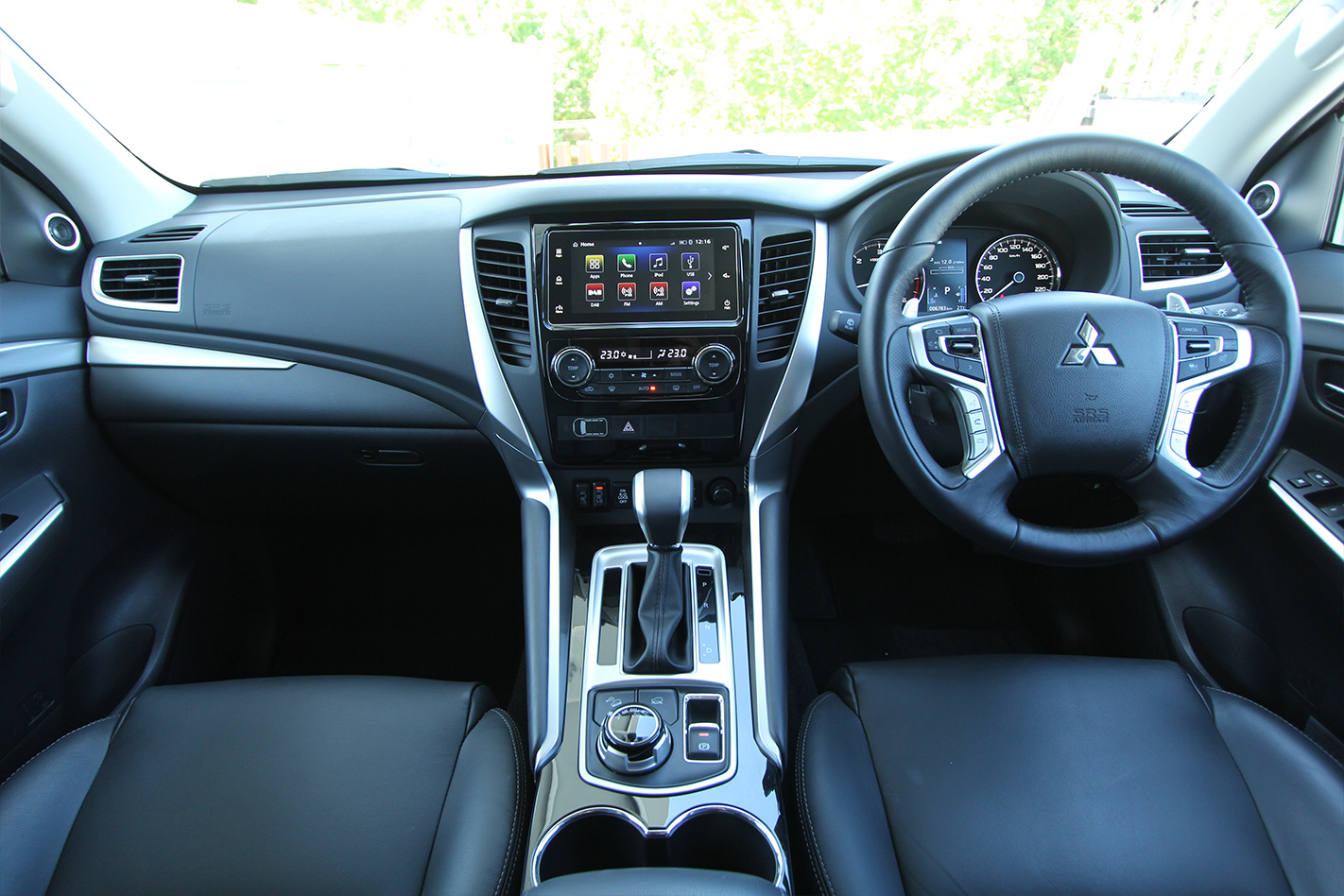
Despite flagship status, the Exceed doesn’t boast integrated sat-nav – Apple CarPlay or Android Auto are the only means of putting a map on its 7.0-inch screen. It’s spacious though, with room for shorter adults in the third row although the second row doesn’t slide. Its chrome and leather cabin treatment also looks fancy, while a unique centre console distances it from its ute origins.
Ride and handling
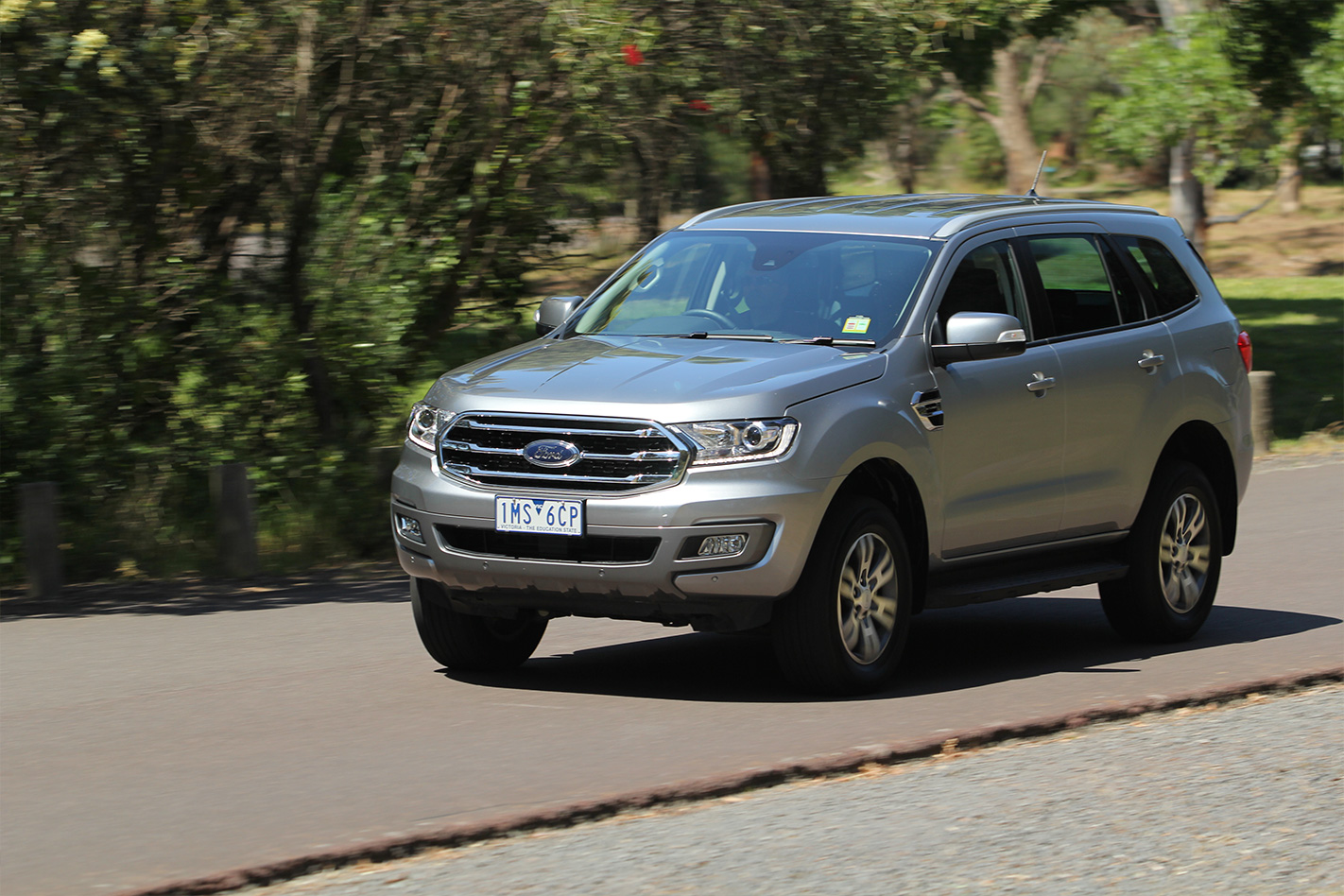
The Everest’s most impressive attribute is how it manages to feel so unlike a lumbering 4WD. Light and fairly accurate steering, superb cabin isolation from bumps and a suspension that’s surprisingly plush means there’s not even a hint of crudeness to the Everest drive experience – that’s a rarity among the body-on-frame, ute-based 4WD set. As for handling, it scores high marks among its ilk too.
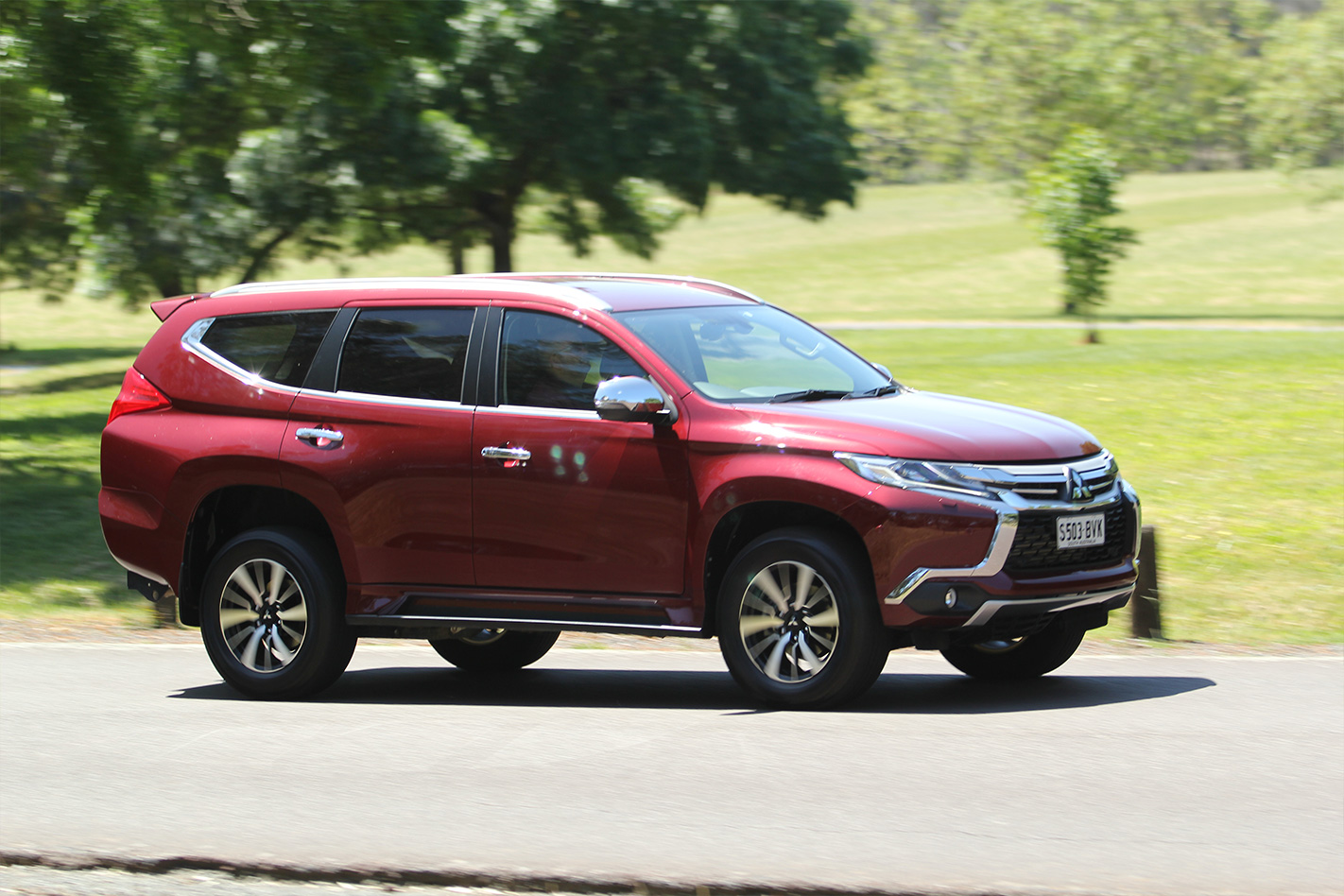
A jittery ride exposes the Pajero Sport’s commercial origins, and is at odds with the leather-clad civility of its cabin. It feels too stiff-legged for something designed to tote a family, and while the edges might be knocked off that ride harshness when all seven seats are filled, it’s much too firm for everyday duty when just a few people are on board.
Performance and economy
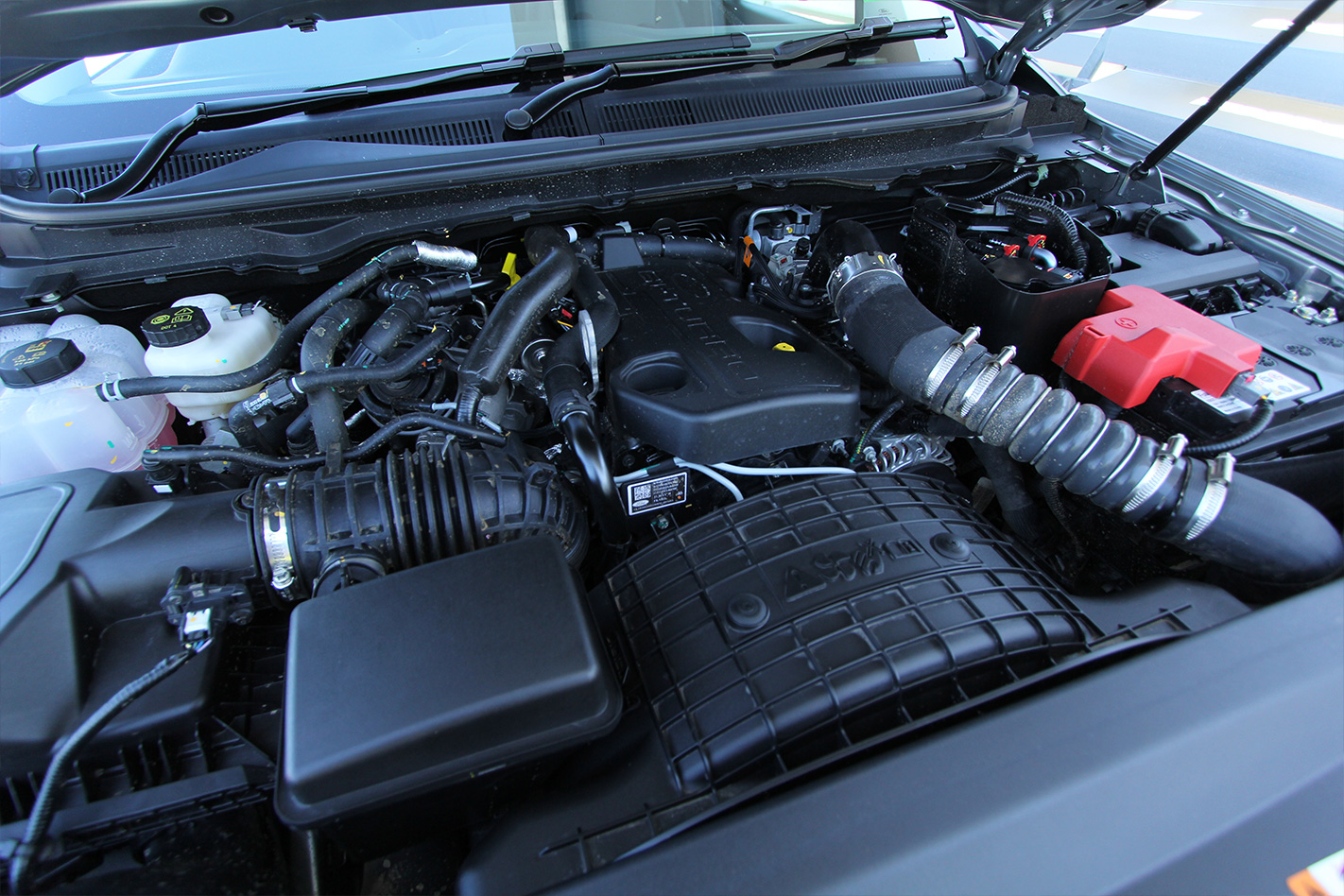
Thanks to twin-turbo trickery the Everest’s 2.0-litre delivers a torque curve that’s remarkably fat for a small-capacity turbo-diesel. It’s backed up by a 10-speed auto that has enough ratios to see the engine never leave the thick of its powerband, and keep thirst at bay during cruising. Refinement is another huge plus, with noise and vibration levels that would be appropriate in something far more premium.
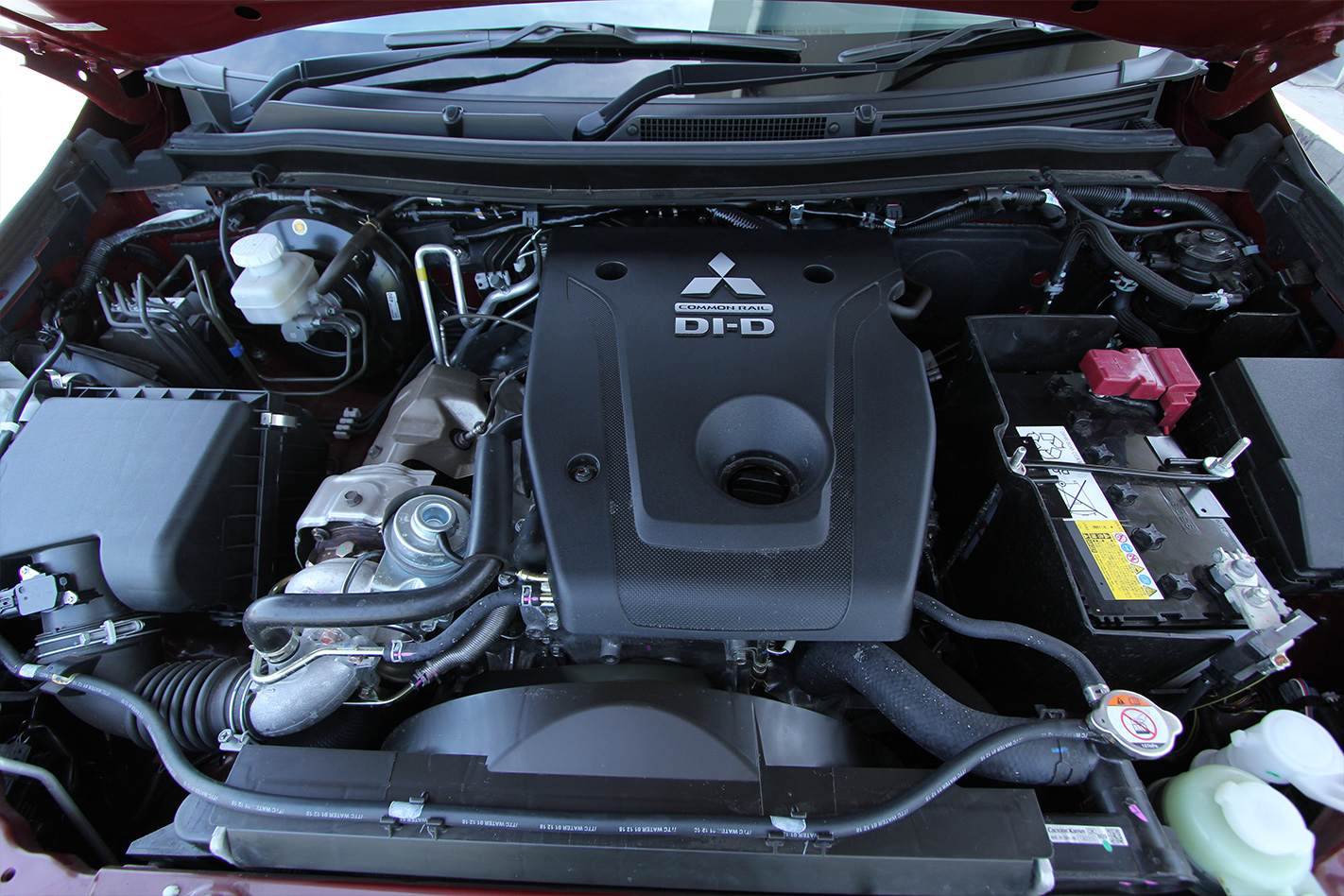
While the ride leaves you in no doubt as to the Pajero Sport’s Triton-sourced undercarriage, the gravelly engine note that penetrates the firewall adds further reinforcement. It’s strong enough, but feels significantly less lively than the twin-turbo Ford. With 70Nm less torque it may not have the effortlessness of the Everest when it comes to towing or touring, and it drinks more diesel.
Warranty and servicing

Ford warrants the Everest for five years or unlimited kilometres, and service intervals are set at a very reasonable 15,000km or 12 months. For the first three years of ownership Ford says you’ll spend just $1385 to keep the Everest Trend 2.0 4WD mechanically healthy, but what’s more the company caps service pricing out to a whopping 34 years of ownership – or half a million kilometres.

A Mitsubishi five-year warranty equals Ford’s after-sales coverage, though capped price servicing only lasts for the first three years of ownership. With service intervals of 12 months or 15,000km, visits to the dealership will be no more frequent than for the Ford, though with the cost of scheduled maintenance capped at a total of $1425 for the first three years it cedes some ground to its Blue Oval rival.
Verdict
Despite being cheaper, the Pajero Sport’s jittery ride and less powerful engine hurts its chances at seven-seater glory. With its revised engine and car-like ride quality, the Ford Everest ensures its place as the better overall car.

